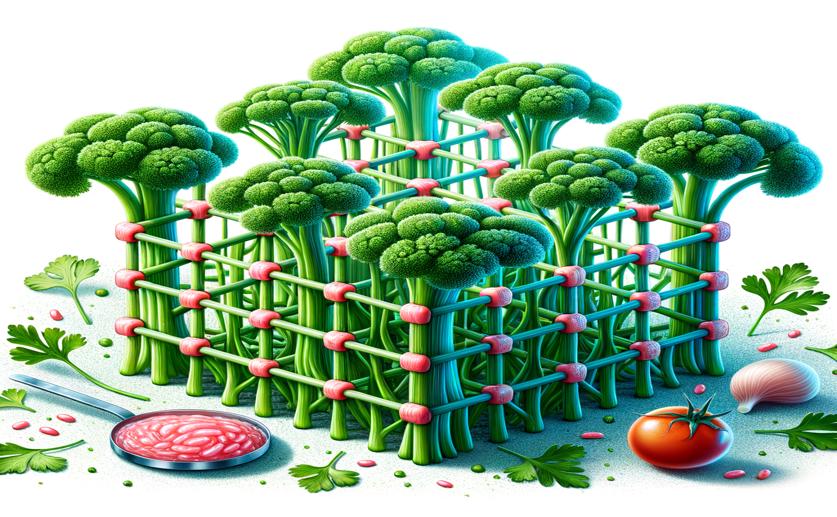
3D Parsley Scaffolds Guide Muscle Cell Growth for Lab-Grown Meat
Jenn Hoskins
24th July, 2024

Image Source: Natural Science News, 2024
Key Findings
- Researchers from East China University of Science and Technology studied decellularized parsley scaffolds for muscle regeneration
- The fibrous pore structure of the parsley scaffold helped muscle cells align in parallel, promoting better muscle formation
- Using these fibrous scaffolds resulted in higher protein content in cultured meat, indicating more efficient muscle cell differentiation
BiotechPlant ScienceAnimal Science
References
Main Study
1) Three-dimensional pore structure of the decellularized parsley scaffold regulates myogenic differentiation for cell cultured meat.
Published 23rd July, 2024
https://doi.org/10.1111/1750-3841.17218
Related Studies
2) Skeletal Muscle Tissue Engineering: Biomaterials-Based Strategies for the Treatment of Volumetric Muscle Loss.
3) Alignment of myoblasts on ultrafine gratings inhibits fusion in vitro.
Journal: The international journal of biochemistry & cell biology, Issue: Vol 34, Issue 7, Jul 2002
4) Programmable scaffolds with aligned porous structures for cell cultured meat.
5) Consumers' perception of cultured meat relative to other meat alternatives and meat itself: A segmentation study.



 21st July, 2024 | Jenn Hoskins
21st July, 2024 | Jenn Hoskins